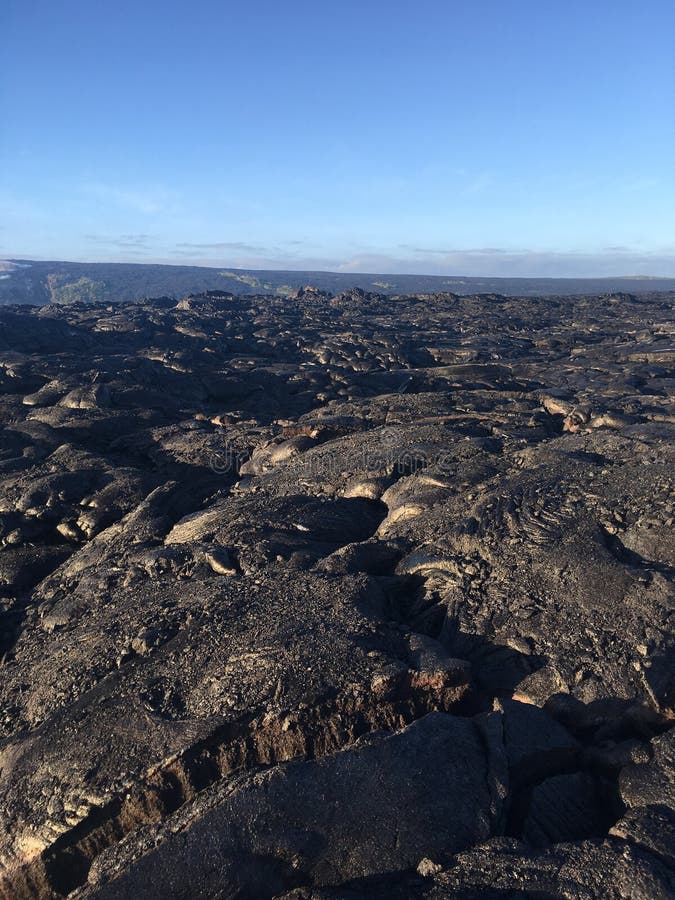

- #000 VOLCANIC LAVA FLOW ISLAND UPDATE#
- #000 VOLCANIC LAVA FLOW ISLAND SKIN#
- #000 VOLCANIC LAVA FLOW ISLAND CODE#
#000 VOLCANIC LAVA FLOW ISLAND SKIN#
Residents and visitors should minimize exposure to these volcanic particles, which can cause skin and eye irritation. Strong winds may waft lighter particles to greater distances. As SO2 is continuously released from the summit during the eruption, it will react in the atmosphere to create the visible haze known as vog (volcanic smog) downwind of Kīlauea. Vog information can be found at ( here).Īdditional hazards include Pele’s hair and other lightweight volcanic glass fragments from the lava fountains that will fall downwind of the fissure vents and dust the ground within a few hundred meters (yards) of the vent (s). High levels of volcanic gas-primarily water vapor (H2O), carbon dioxide (CO2), and sulfur dioxide (SO2)-are the primary hazard of concern, as this hazard can have far-reaching effects down-wind. Hazard Analysis: The eruption at Kīlauea’s summit is occurring within a closed area of Hawai’i Volcanoes National Park. Measurements from continuous gas monitoring stations in the middle East Rift Zone-the site of 1983–2018 eruptive activity-remain below detection limits for SO2. Rift Zone Observations: No unusual activity has been noted along the East Rift Zone or Southwest Rift Zone steady but low rates of ground deformation and seismicity continue along both. Also, tiltmeters in the summit region detected a quick transition to inflationary tilt after tracking steady deflationary tilt since the morning of Saturday, June 17. Summit Observations: Simultaneous with the decline in vent activity, seismic tremor-a signal resulting from subsurface fluid movement, and commonly associated with eruptive activity-started dropping around 4:00 p.m. A live-stream video of the crater is available ( here). Some previously erupted lava continues to flow on the crater floor this may continue over the coming hours and days while the lava proceeds to cool. Circulation of the southwestern lava lake slowed thereafter, and the lake’s surface dropped by several meters.

Vent activity had been vigorous up to that point in the day. there was a rapid decline in lava fountaining and effusion at the eruptive vent on the southwest side of Halemaʻumaʻu crater. Halemaʻumaʻu Observations: This afternoon around 4:00 p.m.
#000 VOLCANIC LAVA FLOW ISLAND UPDATE#
UPDATE – (10:30 p.m.) – The USGS Hawaiian Volcano Observatory issued a Kīlauea statue report on Monday evening, saying the summit eruption at Kīlauea volcano has paused.
#000 VOLCANIC LAVA FLOW ISLAND CODE#
For now, the Kilauea alert level remains at WATCH, and the aviation color code remains at ORANGE.Ĭhart showing summit deformation via USGS HVO What this means for the current eruption of Kīlauea remains to be seen. The Hawaiian Volcano Observatory has been tracking steady deflationary tilt in the summit area since Saturday morning, however this graph shows a switch to inflation at around the time the active vent went quiet. By 4 p.m., the activity at the vent had diminished to a mere trickle of lava, and some minor spattering at the top of the cone.Īnd by 6 p.m., just before sunset, the vent appeared to be completely quiet.


On the USGS webcam, viewers watched live as the spatter cone surrounding the vent periodically collapsed into the churning lava.īut then, there was an abrupt change. The eruptive vent on the southwest side of the summit crater had been putting on a show for the last several days, and the height of the fountain appeared to be getting higher throughout the day. (BIVN) – Things have gone relatively quiet at Kīlauea volcano, where just a few hours earlier on Monday, dramatic lava fountains were bursting high into the air from a vent on the crater wall. The scale of the thermal map ranges from blue to red, with blue colors indicative of cooler temperatures and red colors indicative of warmer temperatures.” Over the next few days the eruption rates declined and stabilized, supplying a smaller area of active lava in the southwestern portion of the crater. The high initial eruption rates in the opening day of the eruption supplied numerous lava fountains that covered the entire crater floor with new lava. USGS: “This compilation shows a sequence of thermal maps of the ongoing eruption in Halema‘uma‘u crater, at the summit of Kīlauea.


 0 kommentar(er)
0 kommentar(er)
